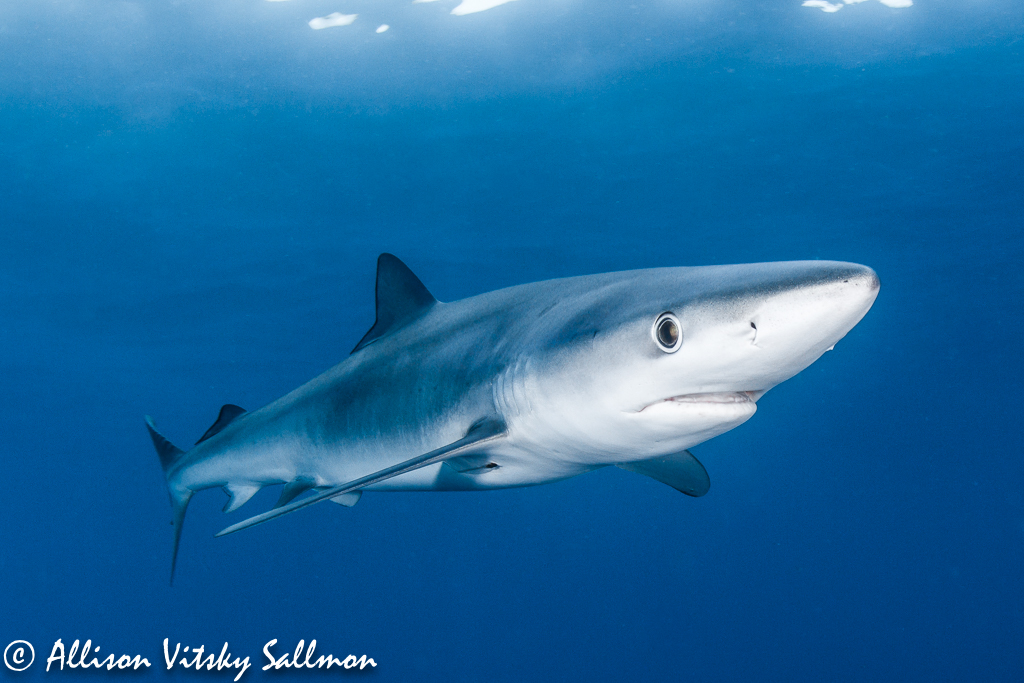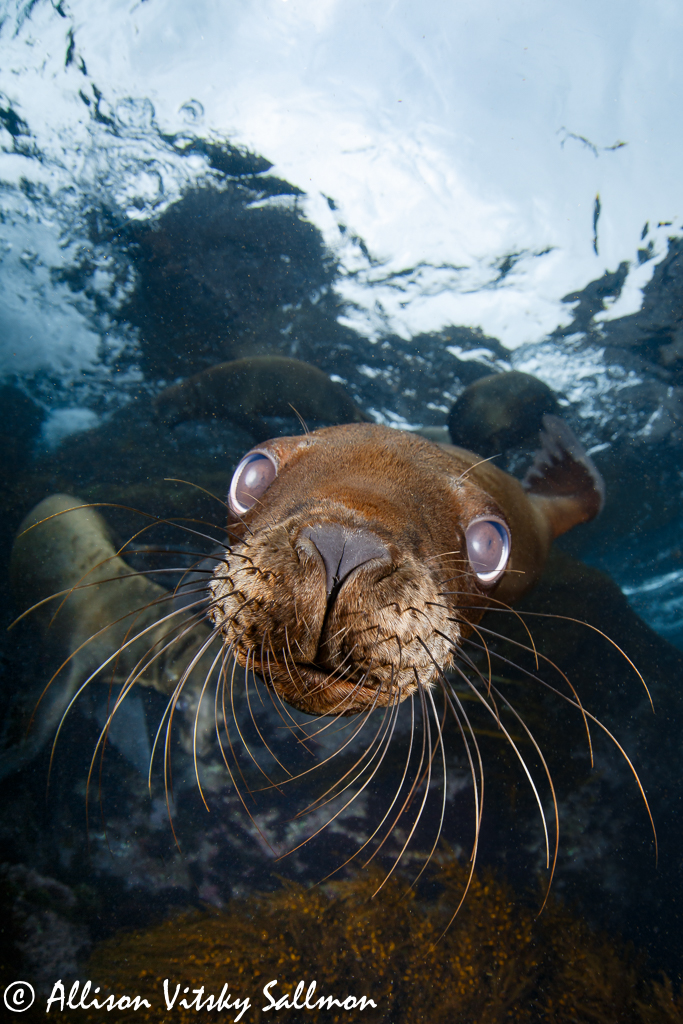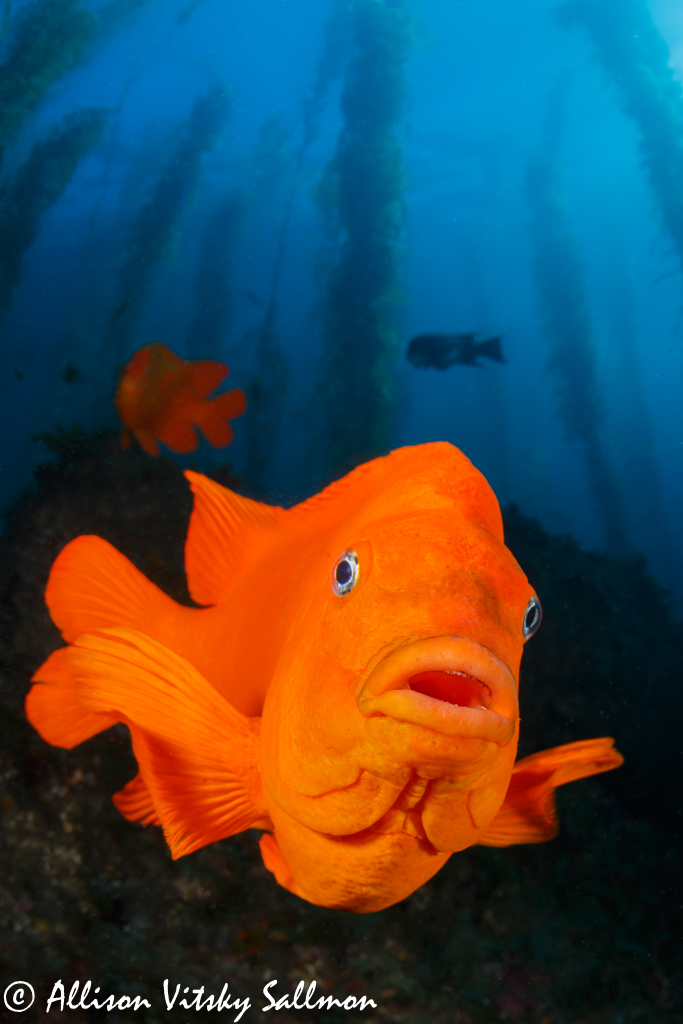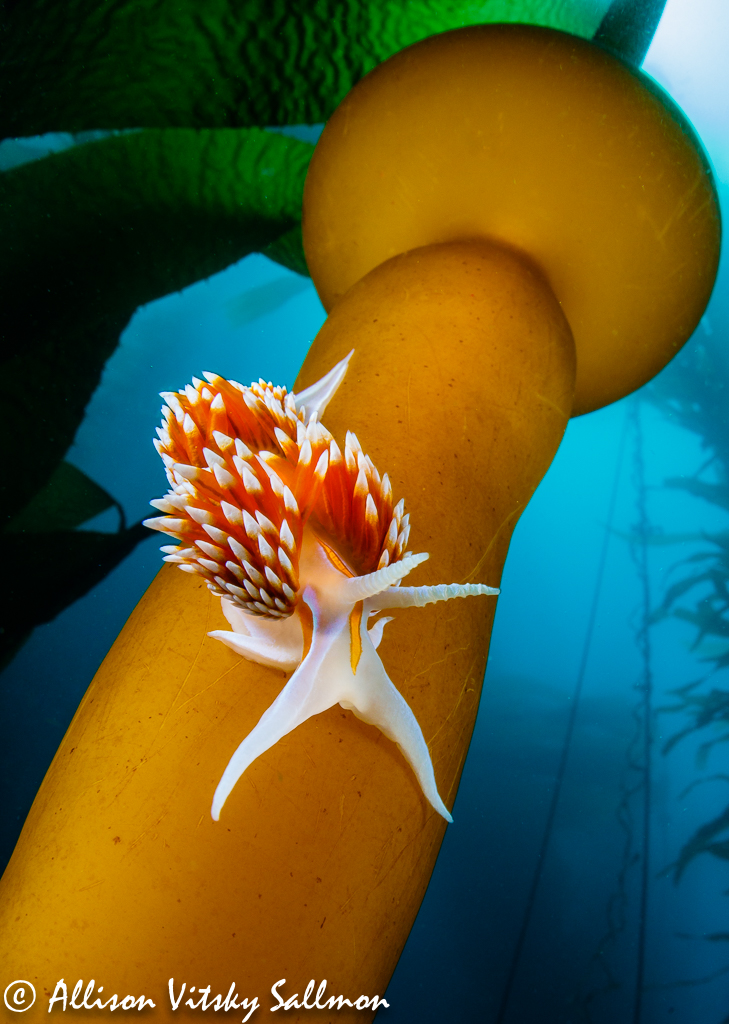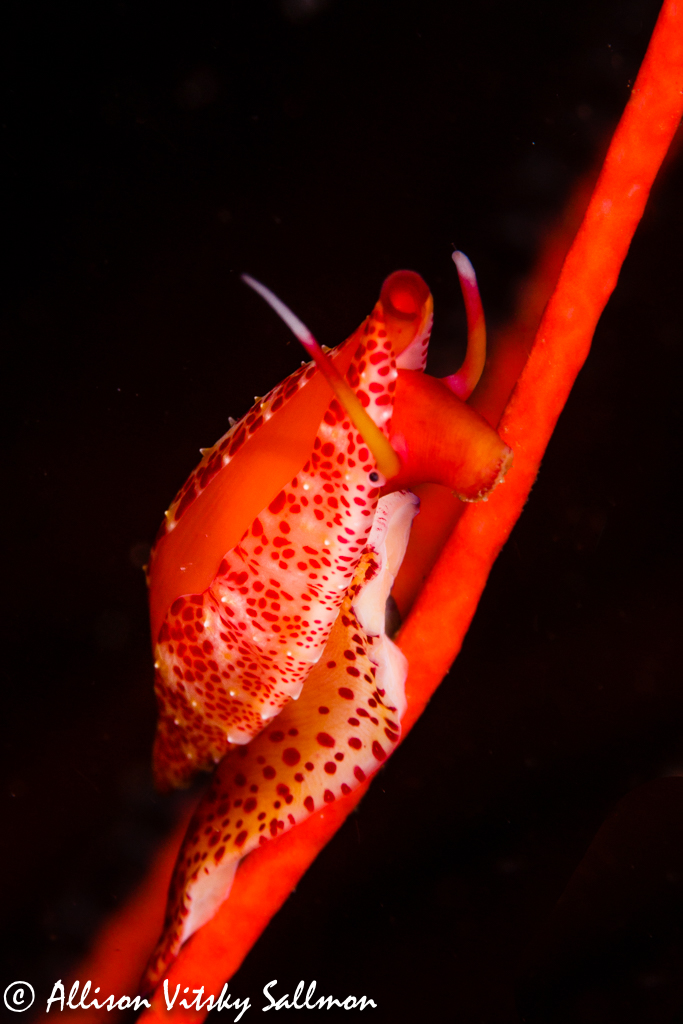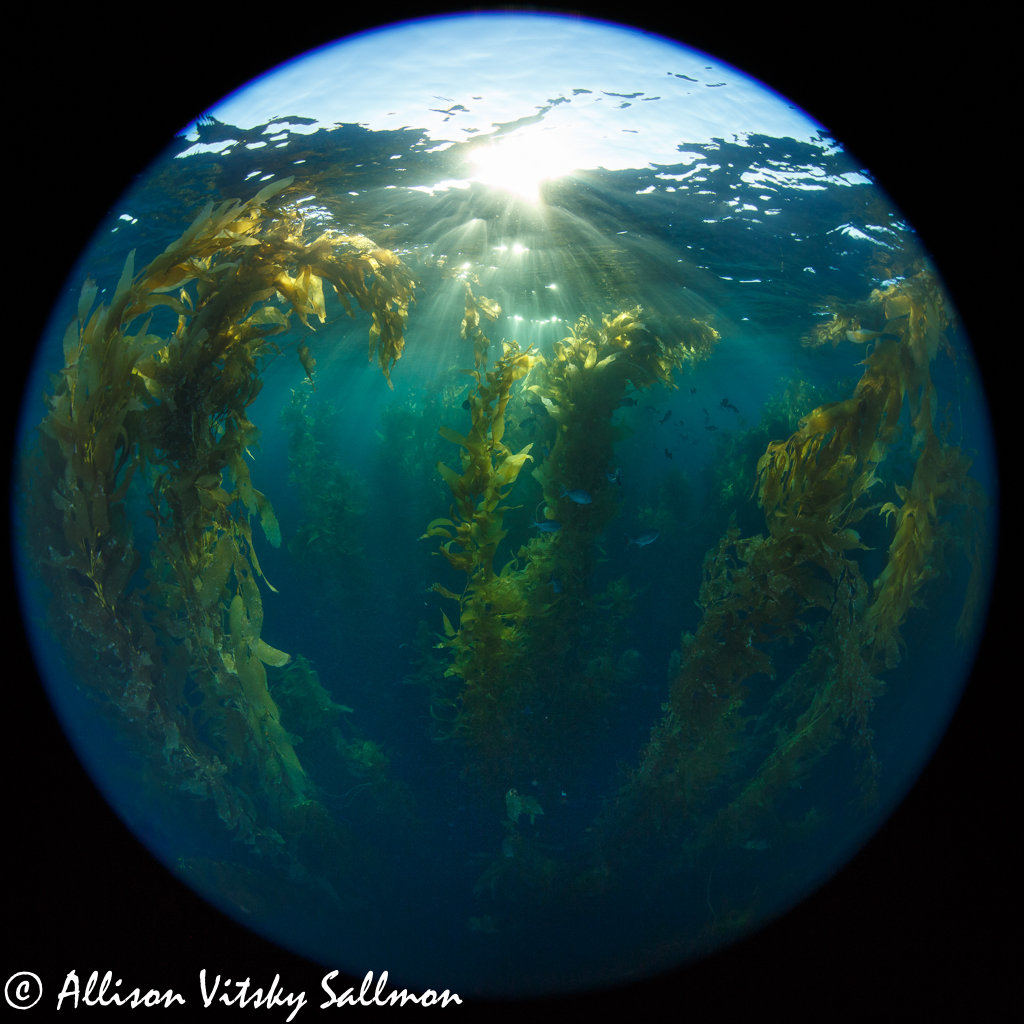In this series of articles, we’ll shine a spotlight on some of the world’s best underwater photographers. Today we highlight Allison Vitsky Sallmon.
Tell us a little about yourself.
I’ve been diving since 1992. My initial training took place in Gainesville, Florida. Like most divers in that area, I dabbled in cave diving, but I never really developed a passion for it. I became fascinated with cold-water diving while I was living in Boston in the early 2000s. I found my true home when I first dived a California kelp forest in 2007. All kinds of underwater photography are appealing, but I am probably best known for wide-angle imagery of California’s reefs. I currently live in San Diego.
How long have you been an underwater photographer?
I first started shooting in 2006. I began with a small compact camera, and by the end of 2007, I had graduated (succumbed?) to a DSLR behemoth.
What got you interested in underwater photography?
I just took snapshots at first, but in the summer of 2006, I traveled to the Solomon Islands on board the Bilikiki. This was my first trip to the Indo-Pacific, and it blew my mind. There were two amazing shooters on the boat, Julie Edwards and Cor Bosman. I loved how their images showed the subjects we viewed on our dives in an idealized, fantastical way. I’d see an interesting shrimp on a dive, and then later that day, I’d see an image one of them took of the same shrimp, colors popping, with a beautiful, clean background. That was the beginning of the end for me. I had a strobe on my camera before the end of the trip, and I never looked back.
What’s your favorite style of underwater photography?
I shoot lots of wide-angle, including close-focus wide-angle and wide-angle macro. Since my husband and I do quite a bit of editorial work, that’s often what we’re expected to deliver. I also love macro, however, and am a closet nudibranch-lover.
Any favorite subjects?
I enjoy the challenge of shooting temperate reefscapes, showcasing them in a way that mimics compositions commonly applied to warm-water reefs. For marine creatures, though, I must go with pinnipeds — baby sea lions, all the way.
Any favorite destinations?
I’m lucky to be able to travel quite a bit, but in my opinion, nothing beats a gorgeous California kelp forest. There’s no place like home.
What’s your underwater setup?
Canon 5D Mark IV and a Canon 7D Mark II in Aquatica or Sea and Sea housings, with Sea and Sea YS250 (for wide-angle) or Sea and Sea YS-D2 (for macro) strobes.
Do you have any tips you can share with new underwater photographers?
Practice makes perfect. Exotic subjects are great, but the best way to improve your skills is to get to know your local dive sites and subjects. View your own work pragmatically, and embrace constructive criticism when available. The day you think you don’t have anything left to learn is the day you should consider quitting.
Whether the source is a hard-hitting pro or an amateur photographer, there is always something to learn. For those who wish to pursue professional underwater photography, the best advice I can give is to maintain a solid work ethic. The dive industry might look like a big vacation, but it is work, pure and simple. Deliver only the very best if you have a project. Beat your deadlines. Exceed your quotas. Treat it like you would any other job — give everything your full effort and attention. I also recommend that people pursue a day job. This will allow them the financial freedom to pursue diving and photography projects by choice.
By guest author Allison Vitsky Sallmon
Allison Vitsky Sallmon’s photographic work has appeared in numerous international underwater photography competitions. It has graced the walls of museums, and been published in books and magazines on diving, marine life, and nature photography. She is also an avid writer and commonly contributes articles on diving, travel, and marine conservation issues to North American dive media. Vitsky Sallmon is also founder and CEO of Dive into the Pink, a nonprofit organization that mobilizes the dive community to raise money for breast cancer research and survivor support.


